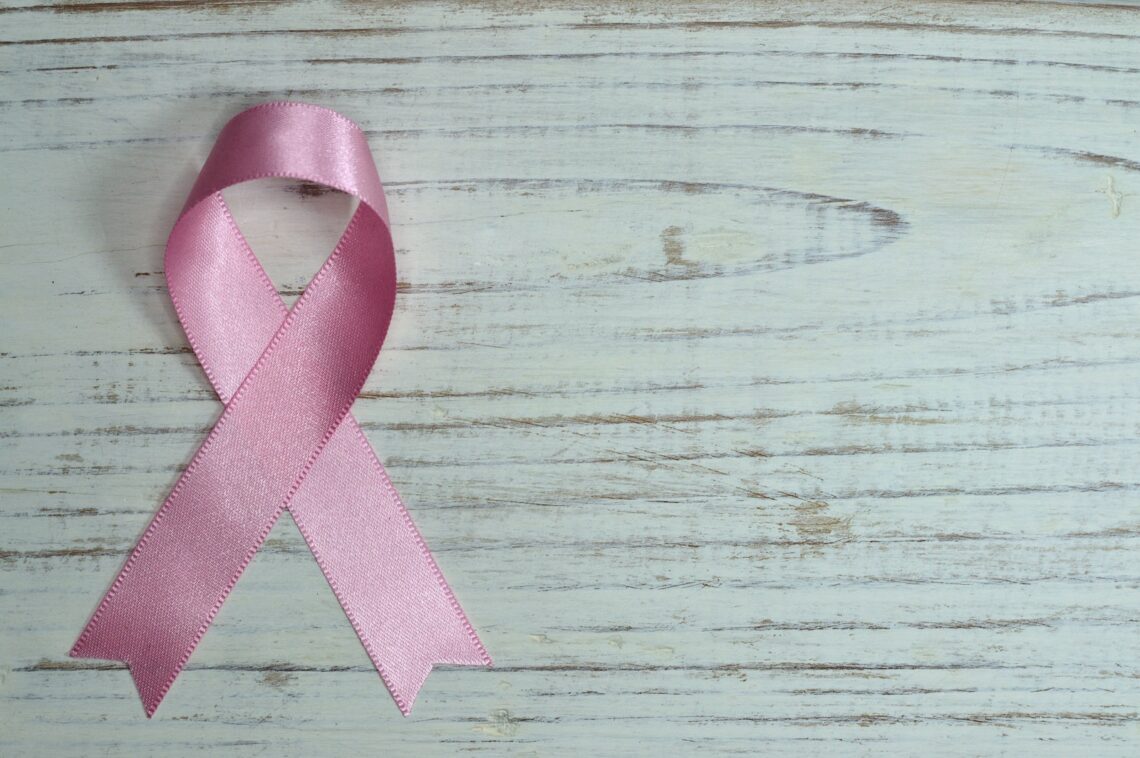If you’re a new mother, it may be alarming to see your nipples turning purple. This color change is usually harmless but can be a sign of a few serious health problems. This article will discuss the common reasons why nipples turn purple and the ways to treat them. It will also cover a rare type of breast cancer that starts in the nipple.
Causes
There are a few reasons why your nipples may turn purple. One common reason is if you are breastfeeding and experience nipple vasospasm which happens when your blood vessels contract and restrict milk flow to the nipple. This is normal and usually only lasts for a few minutes. Another cause is if you have Raynaud’s phenomenon which can trigger nipple vasospasm even when you are not breastfeeding.
Pumping can also cause your nipples to be purple if you use too much suction or pump for too long. This limits the amount of blood going to your nipples which can lead to them becoming painfully engorged.
Nipple Vasospasm
Often times when a woman experiences nipple pain, it’s because the nipples are suffering from vasospasm. This occurs when blood flow to the nipple is interrupted and as a result, the nipple may blanch or turn white (ischemia). The nipple then becomes red or purple when blood flow returns during reperfusion. This can occur for a few seconds, minutes or even longer in some women. This can be extremely painful for breastfeeding mothers and can cause them to stop breast feeding altogether.
Vasospasm in the nipples may be caused by compression due to poor latch or certain medical conditions such as Raynaud’s phenomenon, lupus or connective tissue disorders like rheumatoid arthritis. It can also be caused by cold temperatures and emotional stress. Women with this condition tend to have nipple pain more frequently than those who don’t suffer from it.
To relieve nipple pain from vasospasm, try placing a heating pad over the nipples or using an all purpose nipple ointment or plain olive oil. You can also massage the nipples and pectoral muscles. The use of medication such as ibuprofen or Tylenol can help alleviate the pain as well as supplementing with calcium/magnesium, Vitamin B and fish oil which all improve blood vessel relaxation. Women who have this condition should seek a Lactation Consultant for further support with nipple positioning and pumping to help increase blood flow to the nipples.
Breast Engorgement
When milk builds up and isn’t fully emptied during breastfeeding sessions or pumping, your breasts become engorged. This is most common two to six days after birth, when breasts first come in and your body is figuring out how much milk baby needs.
The tight, full breasts and nipples can be painful, but the condition is short-lived and usually goes away within a day or two. It may help to pump or hand express before feeding, and to massage the nipples and areolas, especially before nursing. A warm shower, a hot or cold compress, and over-the-counter pain medication (such as acetaminophen or ibuprofen) may also ease discomfort.
Engorgement can make it harder for your baby to latch properly, so it’s important to practice good technique when breastfeeding or pumping. You may also want to try wearing a supportive bra and getting plenty of rest.
If the swelling doesn’t go down with over-the-counter pain medications, talk to your doctor or lactation consultant. If your nipples feel red or hot or you develop a fever, visit your doctor immediately — this may be a sign of mastitis, an infection that can cause more serious symptoms in both mother and baby.
Breast Cancer
When nipples turn purple, it is a sign of nipple vasospasm. In most cases, this is harmless and can be easily treated. However, if you are concerned, you should always consult your doctor right away. There is also the possibility that your purple nipples are a sign of breast cancer, which can be extremely dangerous for both you and your baby.
The most common type of breast cancer is invasive ductal carcinoma, which starts in the cells that line the milk ducts. This cancer can grow into the surrounding tissue and spread to other parts of the body, including the nipple. There are also other types of breast cancer, such as lobular carcinoma, which starts in the glandular tissue. Inflammatory breast cancer is another type of breast cancer that develops when cancer cells block lymph vessels in the skin covering the breast. This can make the breast red and swollen, which can look like a rash.
Breast cancer can occur at any time in a woman’s life, but it is more common in women over 50. If you have a family history of the disease, you should talk to your doctor about taking medicine to reduce your risk. You should also visit your doctor for regular screening mammograms and report any breast changes right away. This will help prevent the disease from getting worse and save lives.

